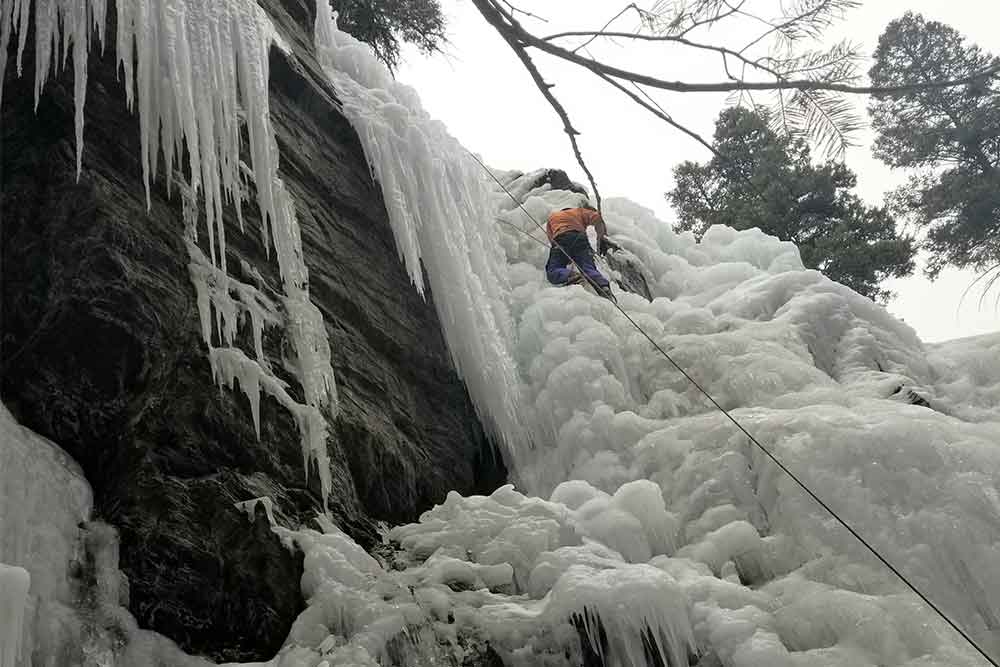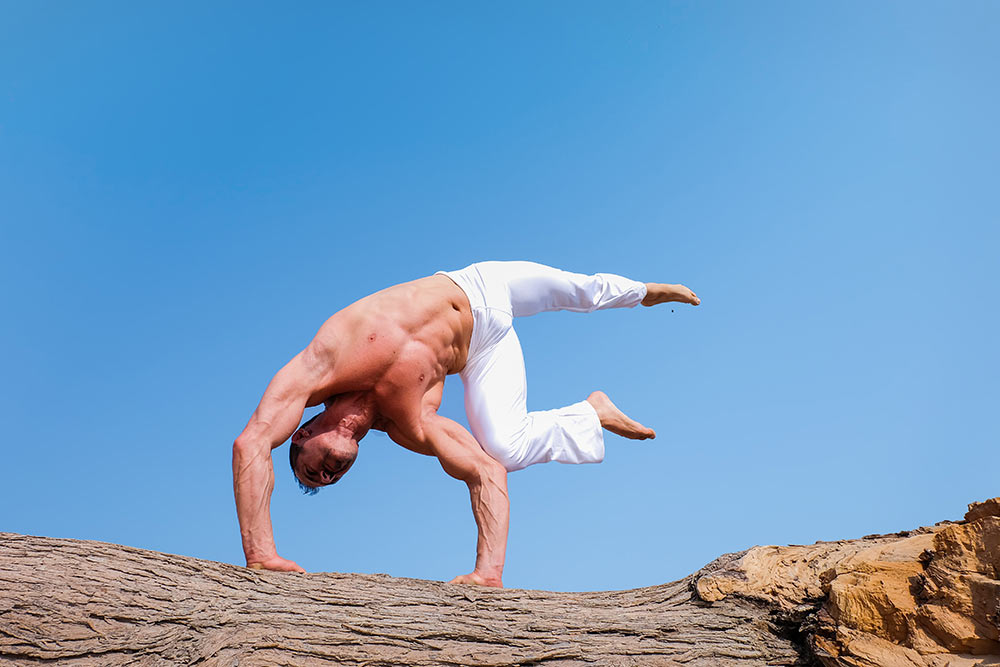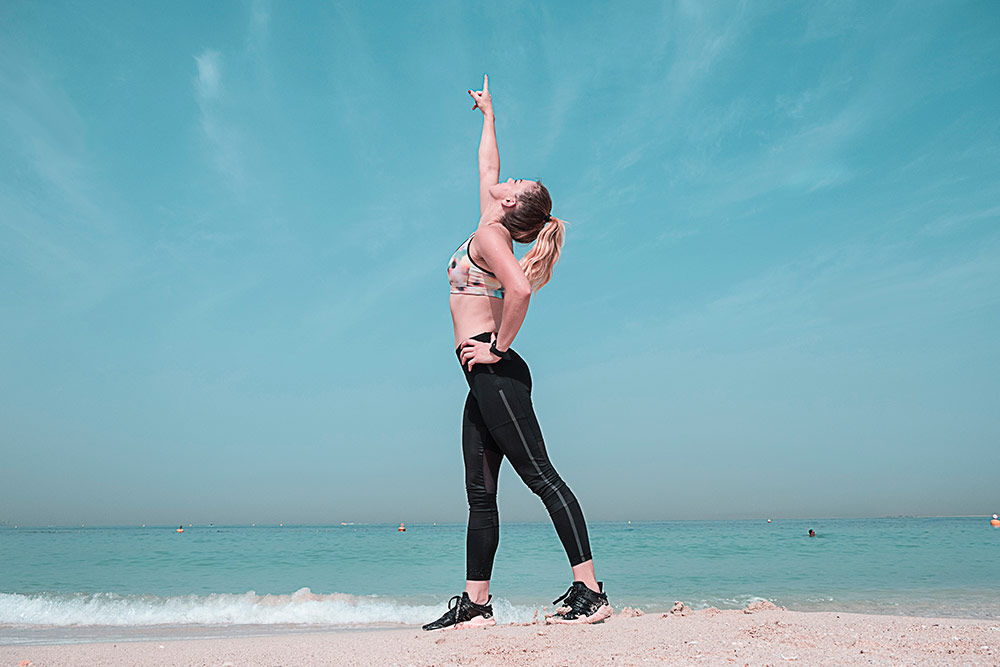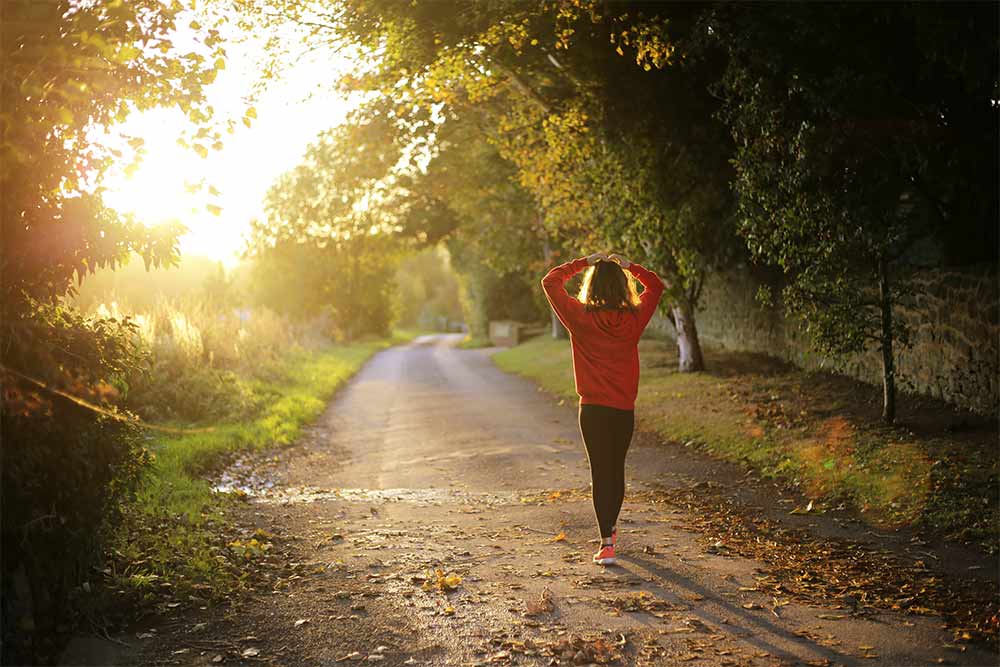Ski Training Magic Part 1: Leg Blasters
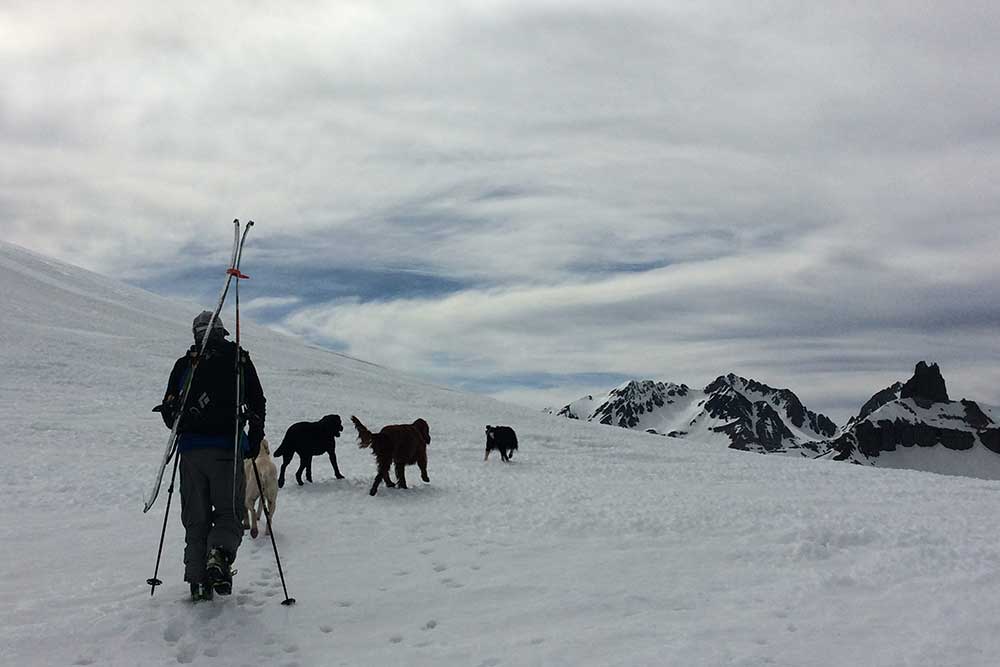
Hank Shell
It’s that time of year again.
The days are getting shorter, snow is falling in the mountains, and I have a couple thousand hard-earned dollars just burning a hole in my pocket. Yes, ski season is upon us. It won’t be long before the scent of burnt wax wafts through our basement once more, filling the eaves with its hiemal evocations, sweet and languid as the memory of an old romance. Err, sorry about that! Thinking about ski season just makes me all syrupy inside. And why shouldn’t it?
What governs anyone’s obsession with a sport so dangerous AND expensive as skiing? Certainly not logic. Rather, something much more poetic and inscrutable. It’s a sentiment so ineffable that any attempt at articulating its nature will likely devolve into primal hoots, hollers or words like “stoked.” Ah, look at me. I’m ramblin’ again. The bottom line is, I (and you, hopefully) like skiing, and while we can’t make it any less expensive, we can make it safer and more enjoyable. How, you ask?
BY TRAINING FOR IT, YA TURKEY!
Now, a lot of people might think, “I’ve never trained for anything in my life, let alone skiing! Why should I start now?” Good question! Wait … no, that’s a FATUOUS question. Look, I’ll break it down for you. Skiing is rough on your body. Your legs act like a vehicle’s suspension system, extending and contracting to absorb the peculiarities of the terrain while keeping your skis in contact with the snow. Think of your leg muscles like shock absorbers.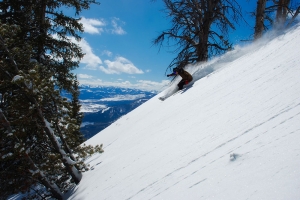
Related Article: Alpine Skiing: A Form of HIIT
Their elasticity bears the brunt of the impact of each bump while stabilizing the underlying structure of bone and connective tissue. I’m just gonna run with this metaphor. A week of skiing at, say, Telluride is like the Dakar Rally for your legs. Now, your gangly, untrained bird legs? They’re a mid-90’s Toyota Corolla. They’re gonna bend, buckle, and throw you all over the place, and you’ll be limping into the lift line at the end of day one if you make it to the end of the day.
Now, that unfortunate scenario is not what we want, is it? Of course not! We don’t want a Corolla at the Dakar Rally … we want something closer to a 2018 Ford Raptor with FOX racing shocks and 14 inches of rear travel! Honestly, something even more burly would be ideal, but we’re not professional athletes here, and any amount of training is better than nothing, as far as I’m concerned. So, what are our training goals in those stark days of hungry anticipation immediately preceding opening day?
Well, we want to get stronger, obviously.
More specifically, we want explosive strength in our quads and hamstrings. We also want the kind of superhuman endurance that will let us ski bell to bell, thus getting the most out of our severely overpriced lift tickets. So, how are we going to do this? I’m so glad you asked.
LEG BLASTERS
Ha! Is that subhead terrifying or what? Yes, it is! And for good reason. I was introduced to this torturous routine two months ago, and we’ve been the most amicable of worst enemies ever since. It’s a great workout that builds explosive strength AND stamina.
So, the basic leg blaster goes like this.
Dry Squats
Twenty dry squats (that’s a squat with no weight), followed directly by 20 lunges, then 20 JUMP lunges, and, finally, 10 jump squats. Let’s pick our way through this hoss together. The dry squats are pretty simple. Keep your feet about hip-width apart. Keep your core tight, lower back straight and chin up as you squat down. Once your upper legs are at or near horizontal, power back up through your heels. You can also do fancy things with your arms, like holding them at your sides and then bringing them together before you in a supplicant gesture as you reach the nadir of the movement. I do this because I think it looks cool, but after reading that, I’m not so sure.
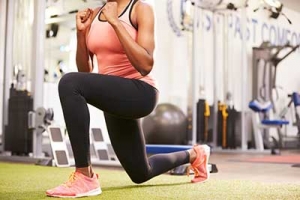 Lunges
Lunges
Standing with feet about shoulder width apart, lunge forward with one leg. Lower until your rear knee touches the ground. Don’t let your front knee go forward beyond your toes as you lower, as this is bad for the knee. Stand back up and BAM, that’s a lunge. Now jump lunges are pretty spectacular, and if you’ve never done one, you’re in for a painful little treat!
Start a lunge. Once your knee touches the ground, leap up into the air and swing your legs into the opposite lunge position. Stay in control as you land on your forward foot and rear toe. Your knee SHOULD NOT slam into the ground. Rather, just after landing, you should lower your knee the rest of the way in a gentle and controlled manner. That last sentence was laughable because nothing about this exercise will feel gentle or controlled! Not at first, anyway. But over time, your legs will adapt, and it will get easier. I promise. If you’re really concerned about your knees or don’t feel up to a jump lunge, just perform a regular lunge with a single jumping jack in between each rep.
Related Article: Maximize Performance With Plyometrics & HIIT
Jump Squat
This one is pretty simple. Squat like you normally would, then power upward from the bottom of the squat, pushing from your heels. Extend upward and off of the ground. Land gently on your toes and dip down into the next squat.
So, that’s the leg blaster. Twenty squats, 20 lunges, 20 jump lunges and ten jump squats, in that order. Delicious.
That’s a lot to ask right off of the bat, so we can start with mini leg blasters, which are the same but with half the reps of each exercise. Try doing two workouts a week. Start with one to two mini leg blasters. Once you’re able to do four of them with two to four-minute rest between each set, try a full leg blaster. By the end of your training, you’ll hopefully be able to manage between four and six leg blasters in a workout.
Take Away
Leg strengthening exercises are important for mobility, endurance, and injury prevention for skiing. Conditioning yourself for ski season will allow you to do more runs and feel less fatigued. When you’re tired on your skis, you work harder to keep control and are more prone to slipping up and injuring yourself. For the sake of a long, ideal season, do they leg blasters exercises for elevated performance and endurance!
You Might Like:






